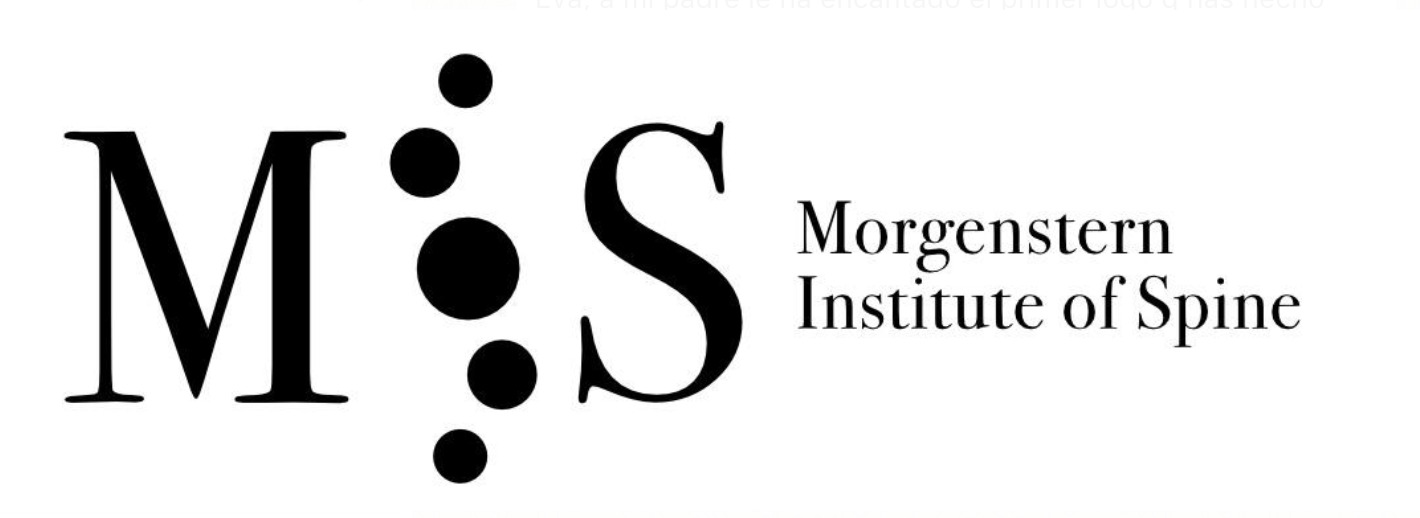Vertebral Fractures
Treatment of vertebral fractures by kyphoplasty with a balloon and low pressure cementation
Kyphoplasty is the fastest and simplest method to relieve pain in cases of vertebral fracture, to restore the original vertebral height and to avoid the fracture of adyacent vertebrae because of ostheoporosis.
Kyphoplasty is performed by minimal invasive surgery with two incisions, parallel to the spine, of only 3-5 mm diameter each. Pain relief is usually immedaite after surgery. The patient resumes walking a few hours after surgery. No orthopaedic corset or long-time rest in bed is necessary. The surgery can be performed with local anesthesia.
Kyphoplasty is much safer than vertebroplasty, because a space is created inside the fractured vertebra with a balloon that restores the original height of the vertebra. This space is then filled with biologically-compatible cement by low-pressure injection.
In classical vertebroplasty, no space is created as no balloon is used to restore the disc’s hieght, while the cement is injected with high pressure, risking the invasion of the spinal canal, vessels or near tissues. Thus, Kyphoplasty is the most modern and safe method to immediately restore the quality of life of a patient suffering pain because of a fractured vertebra.
Example Clinical Case: Kyphoplasty
Accreditations

Pre- and post-operative comparison of a cemented kyphoplasty
Move the circle to the right and left to see the before and after.




Percutaneous stabilization of unstable vertebral fractures
Vertebral body resection (corpectomy) and reconstruction of complex vertebral and burst fractures
Clinical case example of a lumbar vertebral body resection (corpectomy) and reconstruction of a burst fracture at level L4










